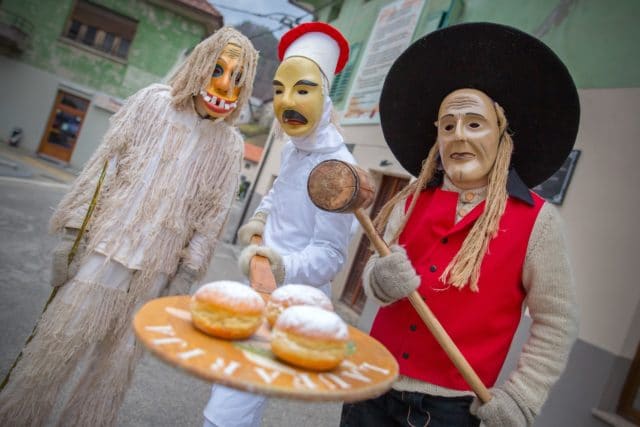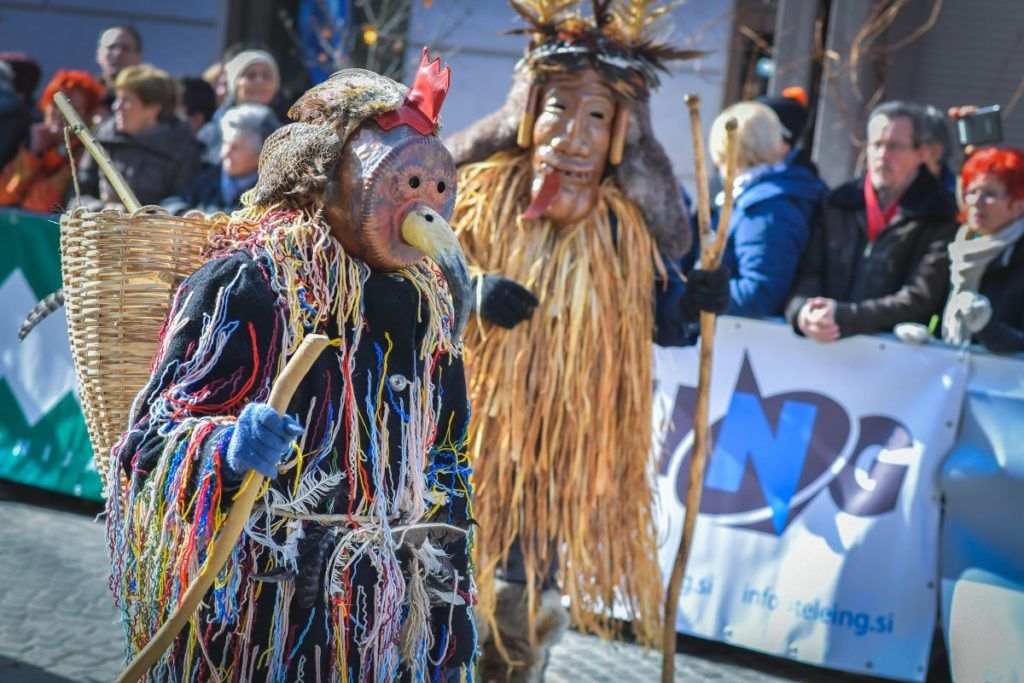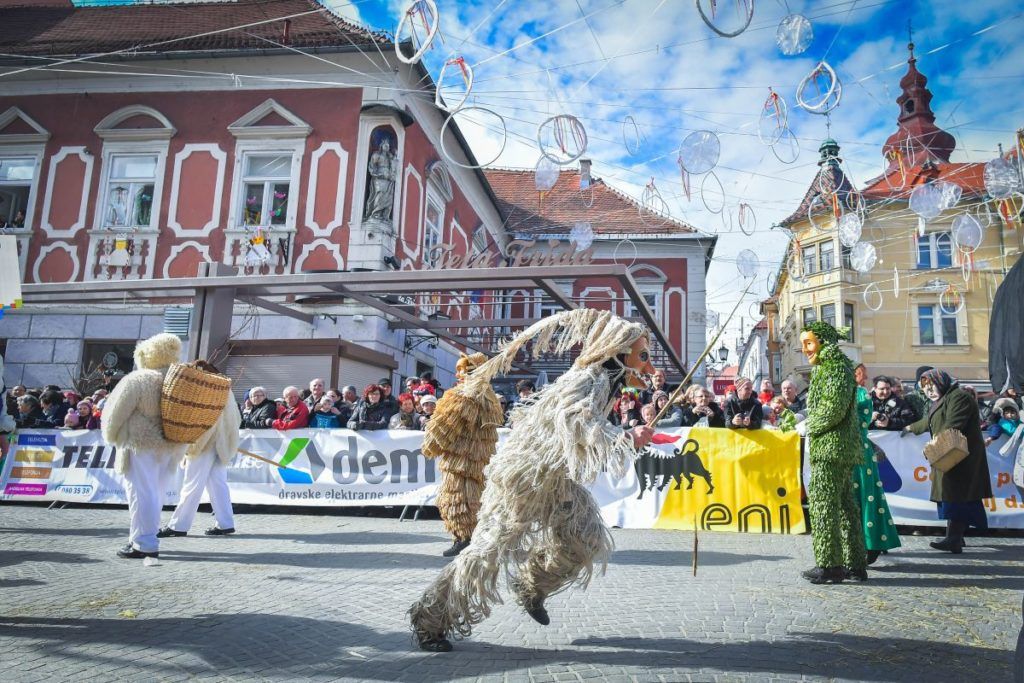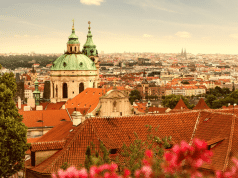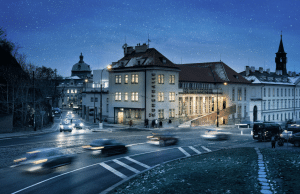PUST IN SLOVENIA
The tradition of celebrating Pust is closely related to pagan times when Slovene ancestors believed that by dressing into animals and various mythological beings, they would impact the change of the seasons. Particularly, they wanted the winter to be finally over so that the fertile spring would arrive. Thus, still today the Carnival is promoted as the one that is chasing the winter away, and it reaches its climax on Shrove Tuesday (in other countries also known as Mardi Gras). On that day the festivities wrap up with a dramatic and celebratory ceremony of Pust’s funeral.
PUST IN MARIBOR
KURENTS IN THE OLD VINE HOUSE
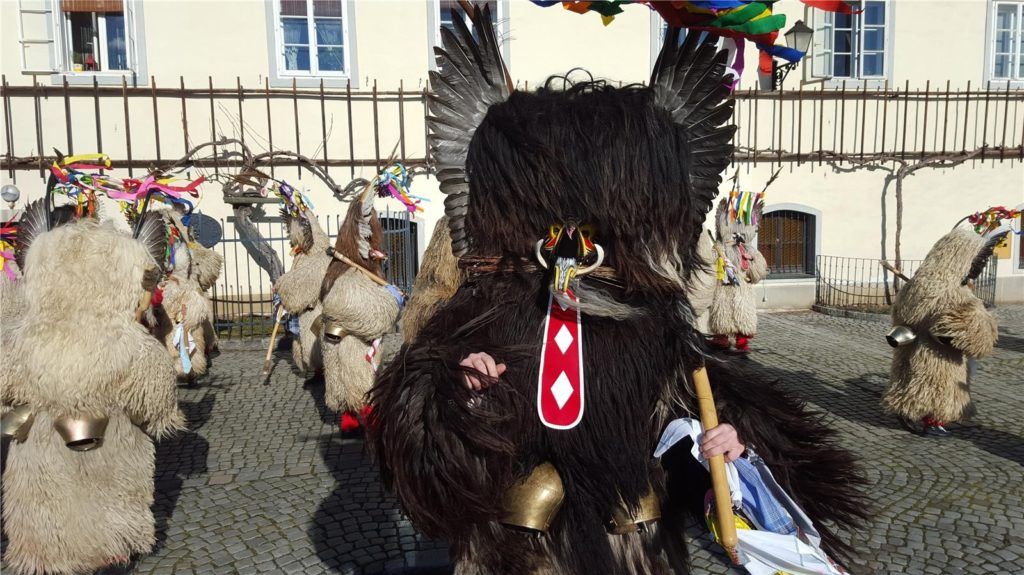
On Saturday, the 2nd of March, Kurents will visit the Old Vine House in Maribor. Kurent is a nowadays carnival figure that was in old times seen as an extravagant god of unrestrained pleasure and hedonism in early Slavic customs.
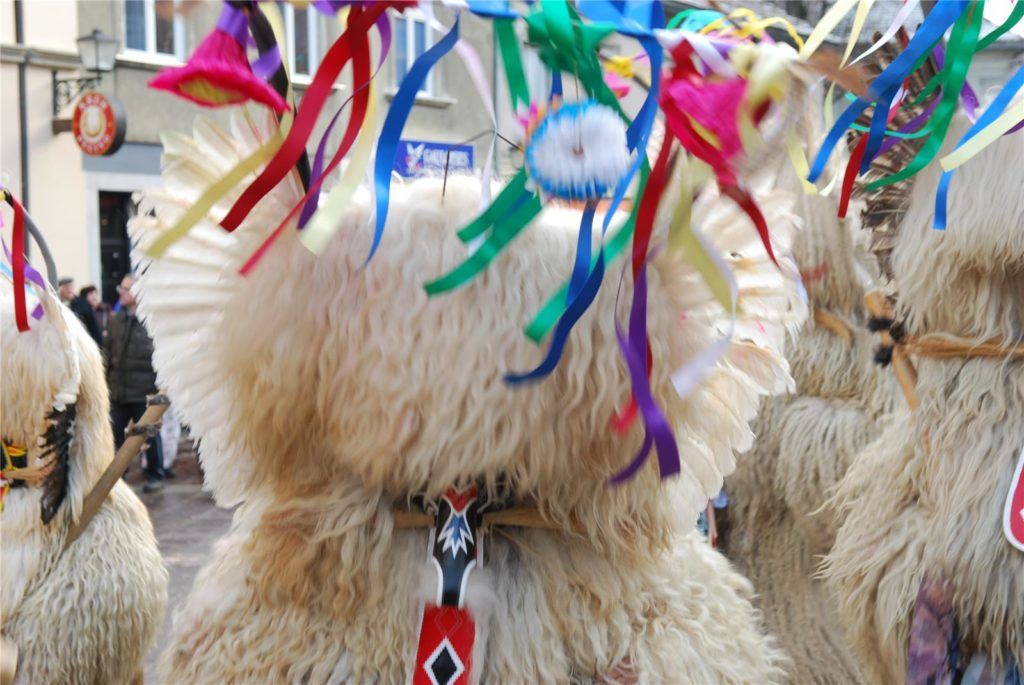
Today, groups of kurents or kurenti wear traditional sheepskin garments while holding wooden clubs and bells, the noise of which is believed to chase the winter away.
OTHER CARNIVAL FESTIVITIES ON SATURDAY, 2nd of March 2019
- Ethno Pust in Europark: hang out with the ethno figures from Slavic tradition
- Dance and eat in Restaurant Maribor
- Traditional Pust in Festival Hall Lent
- Traditional Pust in KGB Club
- Pust in Steakhouse and Restaurant Rožmarin
- Party in MV Pekarna
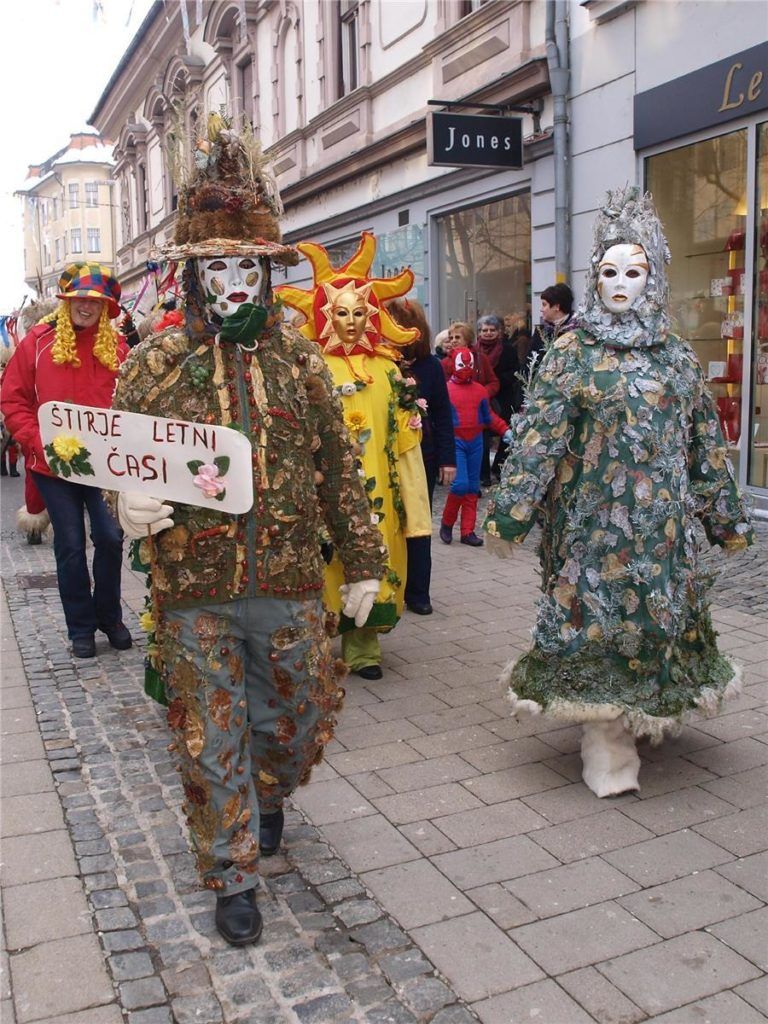
MAIN DAY – TUESDAY, 5th of March 2019
Square Trg Leona Štuklja: Carnival Fest from 10am all day to the evening: programme for children, concerts, awards for the best masks (individual, group, and family masks), and endless amount of doughnuts (krofi).


